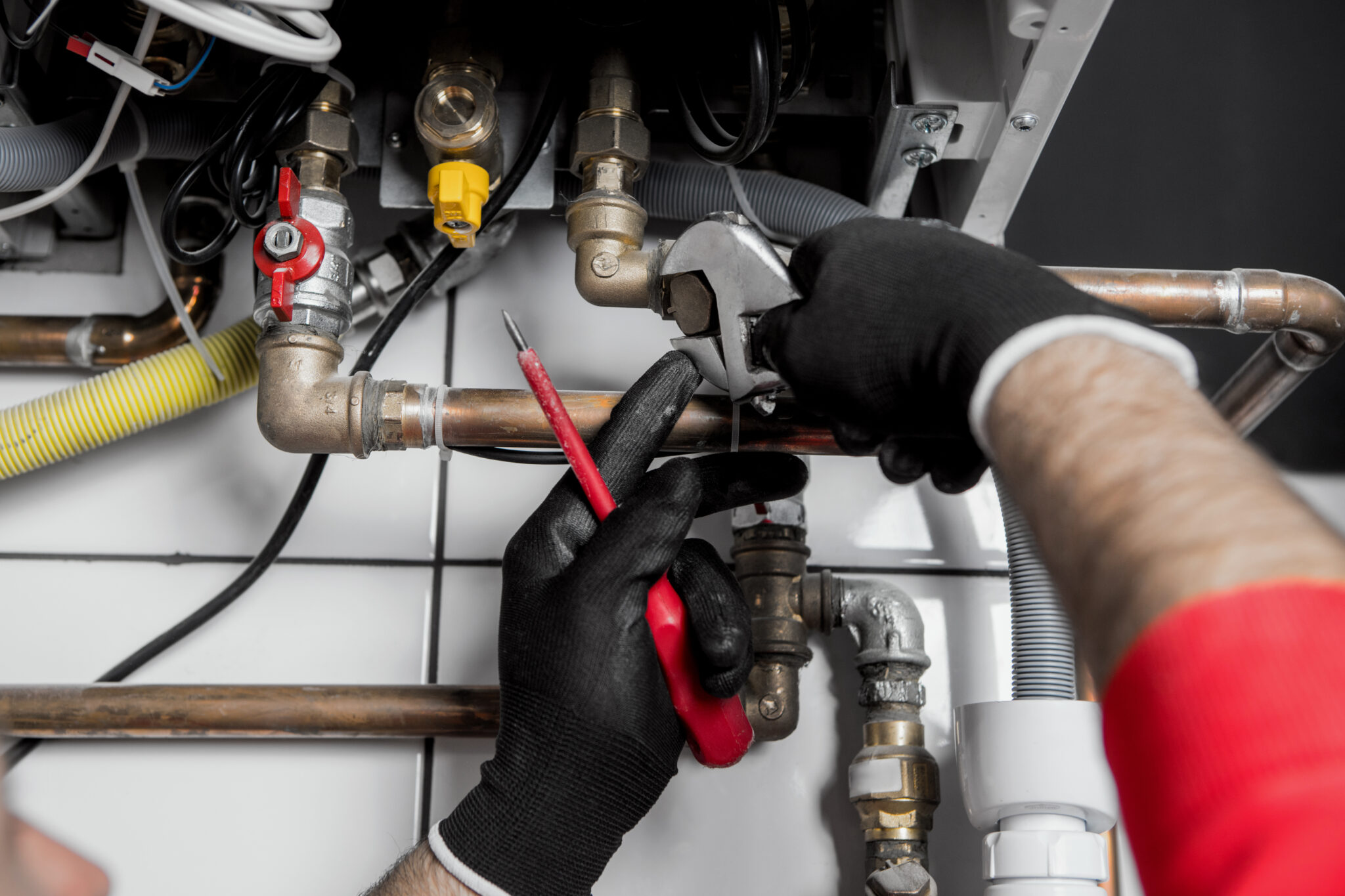
Guide To Gas Hot Water Installation and Replacement
Guide To Gas Hot Water Installation and Replacement
Hot water is one of the few essentials that Australians can unanimously agree we probably couldn’t live without. When it comes to getting quality gas hot water delivered straight to your tap, an in-built hot water system is the first choice.
But what to do when you need to replace or install a new gas hot water system? Here at All Day Plumbing, we’ve put together a complete guide to all you need to know about the installation and replacement of gas hot water systems.
When to replace your gas hot water system
There are several signs that your current hot water system may need an upgrade or replacement. Some are easier to spot than others, but all rely on your vigilance when it comes to maintaining your hot water system. Always be sure to get in touch with a professional plumber, such as All Day Plumbing, if you have concerns about your hot water system.
Rust around the outside valves
If you can see rust around the external tank valves then it could be an indication of a potential leak and you should call a professional plumber immediately. A severe leak can cause immense damage to a home.
Unusual hot water shortage
Have you noticed that your home is running out of hot water sooner than it usually does? Then this could be an indication of sediment build-up within your tank, formed from corroded materials and dirty water. This takes up space and impedes the heating element.
Discoloured or foul-smelling water
If the water coming through your taps is discoloured, this could be indicative of internal corrosion around the anode rods in your tank. These are designed to protect the tank from corrosive elements present in water and their degradation can threaten water quality and your tank itself.
How to decide that gas hot water systems are for you
These hot water systems work quite similarly to electric hot water systems. However, they rely on a gas burner powered by LPG or natural gas instead of a heating element powered by electricity.
While fitting a gas connection to a property that does not currently have one can be costly, gas hot water systems are cheaper to run than electric hot water systems in the long term. Although, this does not consider the price of LPG or the negative impact natural gas burning has on the environment as a non-renewable resource.
Can I install a gas hot water system by myself?
If you’re considering installing or replacing your hot water system by yourself to save money then it might be worth considering the fact that hiring a professional could prove more cost-saving. Unless you’re entirely confident in your abilities and have experience in fitting gas hot water systems, then it’s recommended that you hire a professional to ensure both you and your home will be safe.
How to install or replace a gas hot water system
Always prepare to work safely and ensure that there are no leaks in the system before you implement any new tanks or models.
1. Measure the space and purchase the replacement/new gas hot water system
Use a tape measure to measure the dimensions of your current system and tank so that you can buy the correct size. You should also make sure that your new gas hot water system is compliant with any local ordinances.
2. Shut off your home’s water supply
You can do this by turning off the water control valve on the hot water system unit itself or by turning the water main shutoff valve for the whole house. Run all of your taps to drain out the entire system of hot water. Keep these open while changing the units.
3. Drain your existing tank
Take a hose and connect it to the drain valve to drain the current tank, emptying it outside or into a bucket.
4. Disconnect the gas line and the water line
Shut the gas supply off and use a tubing cutter to disconnect the two lines, keeping the tank tee and sediment trap untouched.
5. Detach your existing water heater from the gas exhaust
Call your local waste management for details about disposing of your old system.
6. Hook up the flue hat to your new heater
Locate the gas exhaust vent and connect here, installing the water line connections and heat trap fittings.
7. Solder the new gas line and reconnect the water line
Make sure to test the gas line for any potential leaks. Use soapy water to indicate bubbles.
8. Light the pilot light
Once finished, turn your water back on.
For industry expert plumbers, get in touch with All Day Plumbing. Our professional team can fit your hot water system safely and securely. Don’t worry about whether you fit the system right, call in All Day Plumbing and we’ll even give you $100 if we’re not on time!